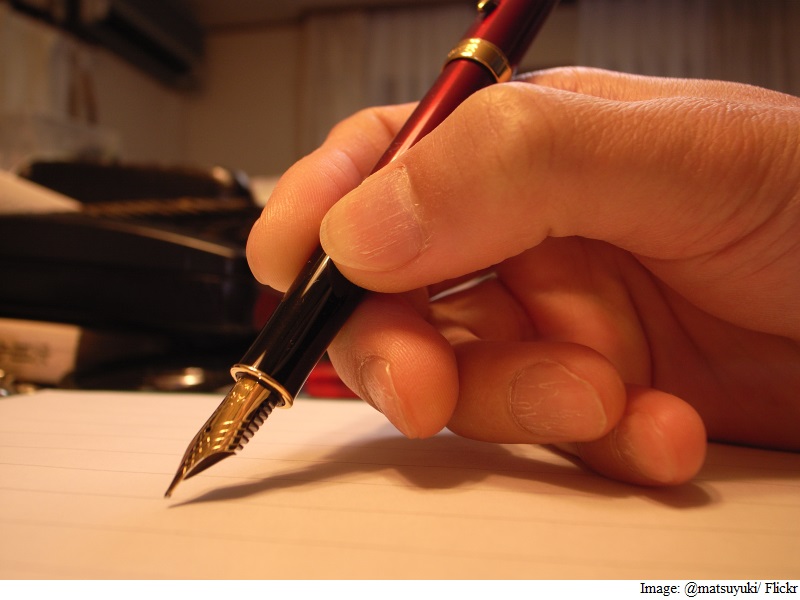
Turing Tests in Creative Arts
Dartmouth College
Since it was devised in 1950, the Turing Test – named for Alan Turing, hero of “The Imitation Game” – has been the standard way of assessing artificial intelligence: Machines are judged on how well they exhibit intelligent behavior, usually in conversation or game-playing, that to a human listener or observer would be indistinguishable from that of a real person.Last summer, two professors at Dartmouth College proposed an imaginative variation: the Turing Tests in Creative Arts, challenging participants to submit algorithms that can generate human-quality art.
“Specifically,” Dan Rockmore (a professor of math and computer science) and Michael Casey (a professor of music and computer science) write in an essay that discusses the project, “we ask if machines are capable of generating sonnets, short stories, or dance music that is indistinguishable from human-generated works, though perhaps not yet so advanced as Shakespeare, O. Henry or Daft Punk.”
The competition has three parts: DigiLit, where the test is creating a New Yorker-level short story; PoetiX, where the product must be a 14-line sonnet in iambic pentameter; and AlgoRhythms, where the computer has to create a 15-minute dance set. In all cases, the software will be given a “seed” – a verbal image in the literary contest and a single track of music for the dance. Organizers will mix the entries in with human-generated work. A panel of literary judges will be asked to figure out which poems and stories were written by machines; for the music, the judges will be dance students. A winner is any computer entry that fools the judges into thinking its creator was alive.
The results will be announced May 18 at Dartmouth’s Digital Arts Exposition.
© 2016 The Washington Post




